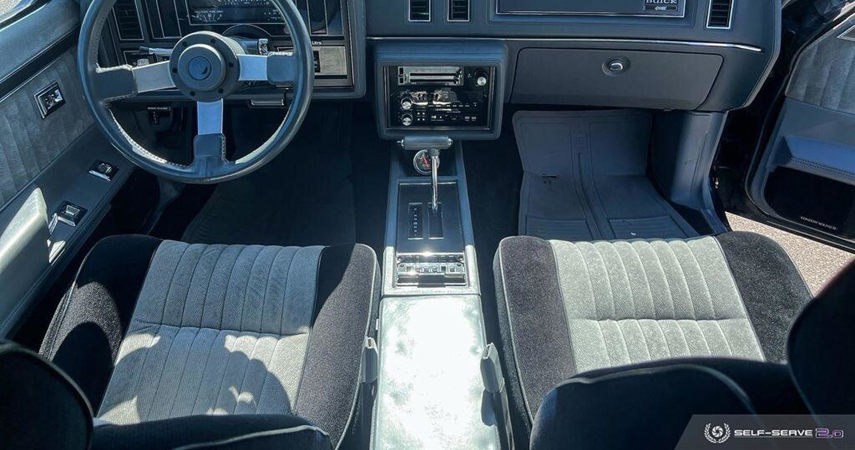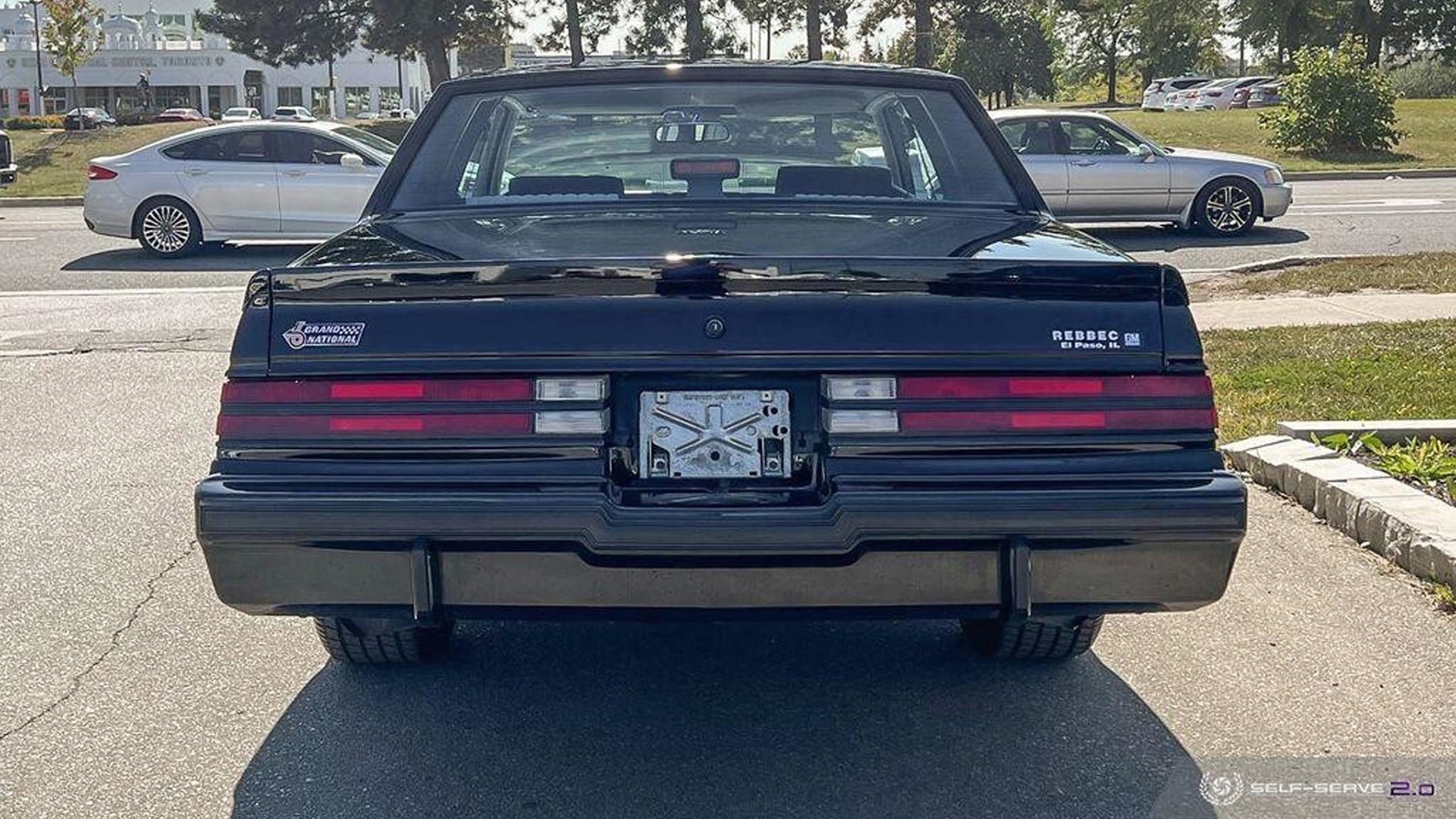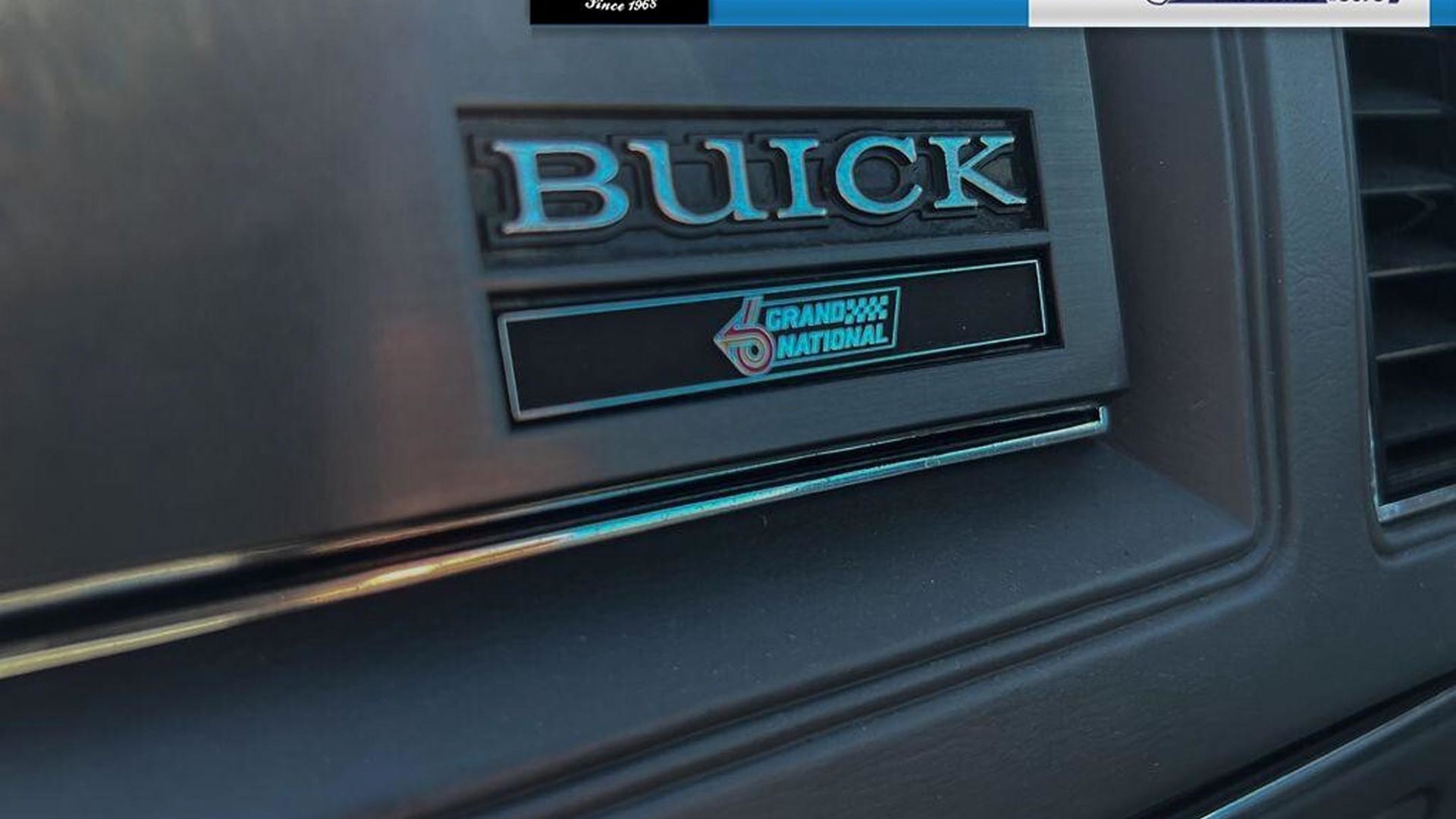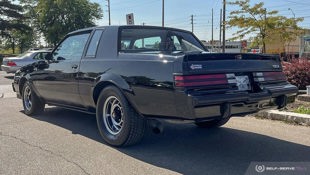The definition of a “muscle car” is ever-changing. The nebulous moniker is traditionally associated with big American V8 engines stuffed into unassuming commuter cars, preferably with two doors.
Manufacturers are now attempting to shift the muscle car image away from massive V8 engines. They want to broaden the term to include electric and twin-turbo six-cylinder-powered vehicles.
“Blasphemy!” cry the dogmatic traditionalists, “A muscle car needs a V8!”
But does it? More than a handful of excellent muscle cars have already evolved the definition and bucked the traditional V8 powerplant. Australians, for example, will loudly, proudly, and rightfully boast that the inline-six-powered Ford Falcon XR is, indeed, a muscle car.
But long before vehicles like the Falcon XR or Charger Daytona attempted to find a new way forward for muscle cars, Buick, of all brands, made a muscle car so potent and so quick that it put the world on notice and single-handedly revived American performance. It was so good that it even embarrassed GM’s own Corvette, an act so forbidden that it is rumoured to have led to its demise.
And it did this all with a turbocharged V6.
Originally marketed as a cosmetics package in 1982 for the Buick Regal in an effort to promote a more exciting image for the brand, by 1986, the Grand National had become a proper performance monster upsetting the automotive establishment. Think of the Grand National as the Dodge Challenger Hellcat or Nissan GT-R of its day.
Powered by a 3.8L turbocharged SFI V6, power was rated at 235 horsepower and 330 lb-ft of torque for 1986. By 1987, the number had risen to 245 horsepower and 355 lb-ft. The ultimate version, the GNX, with an engine tuned by McLaren, was estimated at around 300 horsepower and 380 lb-ft.
That doesn’t sound like a lot by today’s standards, but consider that in 1987, this Buick made more power than the Corvette. It would also out-accelerate a Ferrari Testarossa to 100 km/h and through a quarter mile. A Buick. In fact, its 4.8-second zero-to-100-km/h time and 13.5-second quarter mile times would be considered pretty darn healthy by today’s standards – quicker than a modern Honda Civic Type R.
Grand Nationals were available in a single colour, black, giving them their nickname Darth Vader. However, I always thought they should be more associated with Frank Miller’s 1986 masterwork The Dark Knight Returns – a story about refusing to die and standing up to colourful bullies, which breathed new life into a tired genre, reviving it for a new generation.

Available right now on the AutoTrader marketplace through Summit Ford’s Classic Collection in Toronto, and as if it were 1987, you can buy a 1987 Buick Grand National with the original window sticker and owner’s manual, and it’ll even come dealer-certified.
This two-owner 1987 Buick Grand National was originally purchased in Illinois, where it lived until 2023 before making its way to Canada. It’s accident-free and has only 32,000 original miles (51,500 km) on the clock, though the engine has since been professionally rebuilt.
How do you know this is a real deal Grand National and not just some Buick T-Type painted black? Well, besides the mountain of documentation Summit has on the vehicle, there are some dead giveaways: the blacked-out Buick badges on the steering wheel, the two-tone black and gray cloth seats, and most importantly, a paper decal mounted on the underside of the decklid that showcases the VIN and codes for the options with which the car was built.

The code you’ll want to see if you’re hunting for an authentic Grand National is “WE2,” which Buick denoted simply as the “Grand National Package.” This ensured every Grand National received the correct appearance package, but also included air conditioning, an automatic transmission, the Performance Positraction Suspension package, and heavy-duty engine cooling.
This ’87 Grand National costs a cool $78,000, which is a nice bit of coin, but you’d easily pay that for a modern sports sedan. The only difference is that the GN will appreciate it over time because it’s a classic and an icon.
The Grand National rewrote the definition of the muscle car. It didn’t just save the concept but revived it for a new generation. American performance was deader than disco before it was saved, not by a thumping V8, but by a screaming turbo six.

It may be a classic now, but the Grand National was, and in many ways still is, a radical departure from the muscle car formula. It was a look into the future, a way forward for American performance, and proof that the muscle car can – and perhaps should – evolve beyond strict adherence to the V8 engine.


































